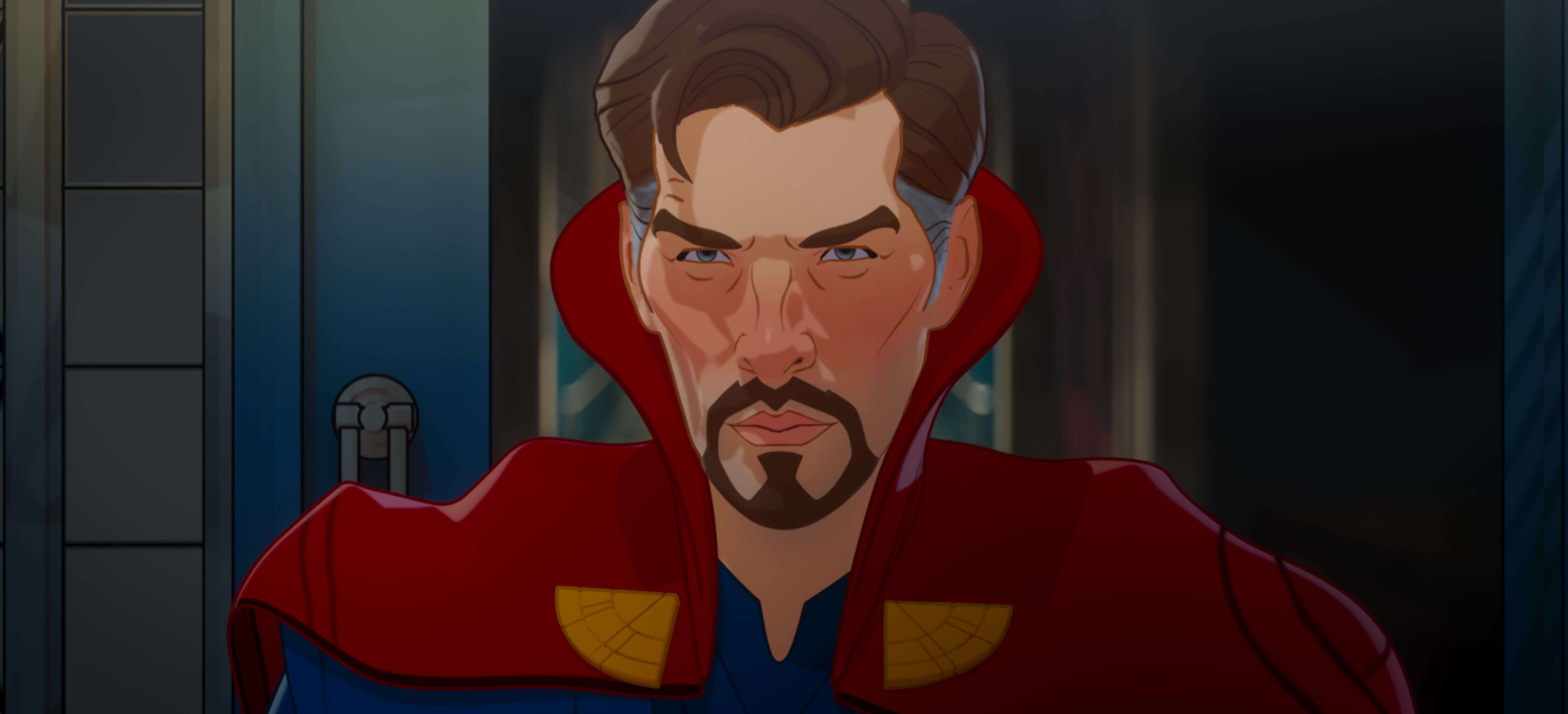Create a free profile to get unlimited access to exclusive videos, sweepstakes, and more!
Fixed moments in time: The science behind the fiction in 'Marvel's What If...?'

Nearly every time travel story involves a person either going back in time to change something or trying to keep something from being changed. Marty McFly wants to ensure his own birth, Bill and Ted want to… well, they want to pass their history class. The trope doesn’t always hold up.
**Spoilers below for the fourth episode of What If…?**
In the fourth episode of Marvel’s What If…?, we’re presented with an alternate version of Doctor Strange’s origin, in which Dr. Christine Palmer dies in the fateful car crash, setting Strange down his course to the mystic arts. Once Strange becomes the keeper of the Eye of Agamotto, he sets about trying to undo Palmer’s death. And fails. Over and over again.
A visit from the Ancient One confirms what we all, by this point in the episode, have come to assume. Despite the mutability of Time in the MCU, this moment is fixed. The universe simply won’t allow it to be changed and forcing the universe’s hand would unravel the very fabric of existence.
So much about time travel remains within the realm of speculation. We haven't discovered or created any time machines (as far as we know), but there are mathematical models and a few experiments which can tell us a bit about how things might work.
IS TIME TRAVEL THEORETICALLY POSSIBLE?
The answer, broadly, is yes. Of course, each of us is constantly traveling through time, just slowly and more-or-less all at the same rate. But that’s not what people typically mean when they think of time travel.
Time travel in fiction usually involves either traveling into the distant future or into the past. Here, the answer to whether or not time travel is possible gets a little more interesting. Traveling into the future is not only allowed by our understanding of physics — but it's also the rule.
Relativity established the relationship between speed and an individual’s experience of time. As we approach the speed of light, our experience of time slows down relative to a stationary observer. This has been confirmed using atomic clocks moving at different rates. If you want to move into the future more quickly than you normally would, all you need to do is speed up. However, time dilation is subtle even at the highest speeds we typically encounter.
Even the fastest object we’ve ever created, the Parker Solar Probe, experiences negligible time dilation. At top speed, approximately 430,000 miles per hour (700,000 kph), it would have to travel for 100,000 years in order to jump a week into the future compared to an at-rest observer. Probably not fast enough for our purposes.
Traveling backward in time gets even trickier. Particular solutions to General Relativity allow for backward time travel, but the jury is still out on whether those represent actual physical phenomena or are simply numbers games.
Gravity bends space-time, and the more gravitational force in a region, the more space-time is curved. It’s possible mathematically — though it hasn’t been observed — that curvature around supermassive black holes could be sufficient to bend space-time such that it curves back in on itself and lands at an early point. This would create what’s known as a closed timelike curve (CTC).
Supposing you could find or create such a curve and travel along it, a person might end up in their own past. Now that you’ve found yourself inside yesterday, could you do change anything?
CHANGING THE PAST
A 2011 experiment at the Oscillation Project with Emulsion-tRacking Apparatus (OPERA) made headlines when researchers thought they measured neutrinos traveling faster than the speed of light. Scientists the world over, including those who conducted the experiment, were immediately skeptical of the results and near-certain they would disappear upon closer inspection. They did.
Had they not, however, it might have muddied up our understanding of causality, and that appears to be a no-no. That we haven’t experienced time travel and don’t observe the right conditions in nature, could be evidence in itself that the universe is out to protect causality.
The grandfather paradox, a longstanding causality-based thought experiment suggests that any sequence of events that seeks to undo its own beginnings can’t occur. In short, an individual’s own trek through time must be thought of as a linear sequence of events. As Bruce Banner told us, events in the past, aren’t truly the past, they are the traveler’s new future. Any sequence which results in the prevention of its own beginning becomes inconsistent. You can’t go back and kill your own grandfather.
We struggle with this notion because it butts up against our understanding of our own free will, the existence of which is a discussion for another time. Still, experiments seem to support the notion that the universe cleans up any mess we might make of things.
Researchers modeled potential time-travel scenarios and found that no paradoxes arose. If we think of the universe as a billiard table, we may be able to change the position of a single ball, but when they finish interacting, they land in the same space. Using quantum particles, researchers found that probability always evened out. Essentially, you might change some small event, a single ball so to speak, but the overall conclusion remains the same. This is in keeping with what we see of Doctor Strange in the episode. He may be able to change the flow of events, but Dr. Palmer always dies. The end-state of the balls remains the same.
According to our best knowledge, not only are some moments fixed in time, that may be true of all moments. Make good choices while you may. It appears as if there are no do-overs, no matter how many otherworldly creatures you absorb.



























